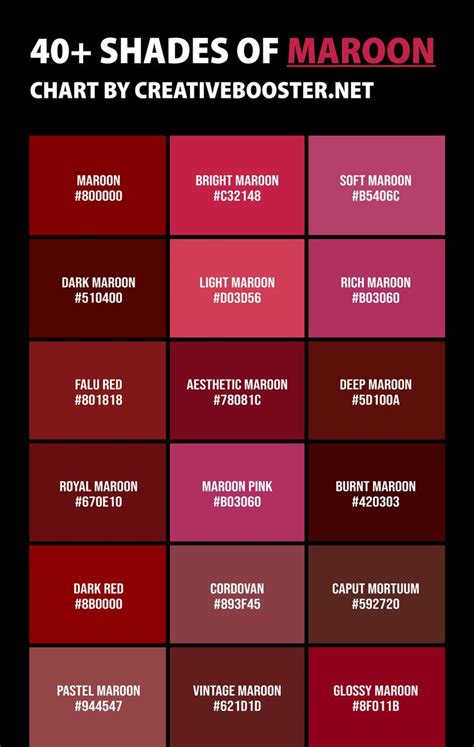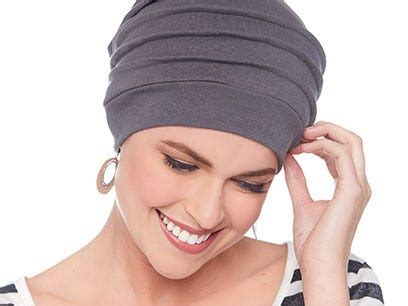Chemotherapy, while a powerful treatment against cancer, often brings along the distressing side effect of hair loss. This can be an emotionally taxing experience, and for many cancer warriors, finding a suitable head covering becomes an essential part of their care.

Why Head Coverings Matter for Chemotherapy Patients
According to the American Cancer Society, around 60% of patients undergoing chemotherapy experience hair loss. The psychological impact can be profound, affecting body image, self-esteem, and comfort. Head coverings provide not only protection from the elements but also solace and support during this challenging time.
Types of Head Coverings for Chemotherapy Patients
Numerous options are available to address the unique needs of chemotherapy patients. Here’s a rundown of the five most popular types:
-
Caps: Snug-fitting caps made from cotton, silk, or other soft materials offer comfort and warmth. They’re easy to wear and can be dressed up with accessories.
-
Scarves: Lightweight and versatile, scarves can be tied and styled in various ways, allowing for personalization and adaptability.
-
Headbands: Thin bands worn around the head, headbands can conceal hair loss while keeping hair out of the face. They’re also a stylish option for everyday wear.
-
Turbans: Traditional head coverings, turbans come in a wide range of materials and designs. They provide ample coverage and are often associated with elegance and empowerment.
-
Wigs: Synthetic or natural wigs mimic the look of natural hair, providing a semblance of normalcy. They require more maintenance but can enhance confidence and restore a sense of identity.
Benefits of Using Head Coverings for Chemotherapy Patients
Beyond their aesthetic appeal, head coverings for chemotherapy patients offer a host of benefits:
-
Protection from the sun and cold: Scalps can become sensitive and sunburned without the protection of hair. Head coverings provide a barrier against both UV rays and the elements.
-
Reduced irritation: Head coverings prevent the scalp from rubbing against clothing or other surfaces, minimizing discomfort and irritation.
-
Enhanced self-esteem: Head coverings can help patients feel more confident and self-assured, reducing the psychological impact of hair loss.
-
Emotional support: Wearing a head covering can serve as a reminder of the support and care received from loved ones and the medical community.
Effective Strategies for Choosing the Right Head Covering
-
Consider your comfort: Opt for soft, lightweight fabrics that won’t irritate the scalp.
-
Choose a style that fits your personality: Express yourself through the design, color, and pattern of your head covering.
-
Experiment with different options: Don’t be afraid to try different types until you find one that feels comfortable and suits your style.
-
Seek professional guidance: Consult a healthcare professional or a cancer support group for advice and resources.
FAQs on Head Coverings for Chemotherapy Patients
-
Does hair grow back after chemotherapy? Yes, hair typically starts growing back within a few months after completing treatment.
-
How long does it take for hair to grow back? The rate of hair growth varies from person to person. It may take anywhere from a few months to a year or more for hair to reach its pre-chemotherapy length.
-
What if my hair doesn’t grow back fully? Hair growth may not be uniform after chemotherapy. Some areas may have thinner or less hair than before.
-
Where can I find high-quality head coverings? Numerous online and local resources offer a wide selection of head coverings. Check with your healthcare provider or cancer support groups for recommendations.
Conclusion
Head coverings for chemotherapy patients are not merely fashion accessories but essential tools for comfort, support, and self-expression. By choosing the right covering, patients can navigate the challenges of hair loss with dignity and grace, enhancing their overall well-being during treatment.
| Type | Features | Benefits |
|---|---|---|
| Caps | Snug-fitting, made from soft materials | Comfort, warmth, easy to wear |
| Scarves | Lightweight, versatile, can be styled in various ways | Adaptable, customizable, stylish |
| Headbands | Thin bands worn around the head | Conceals hair loss, keeps hair out of the face |
| Turbans | Traditional head coverings, come in a range of designs | Ample coverage, elegant, empowering |
| Wigs | Synthetic or natural wigs mimic the look of natural hair | Restores sense of identity, enhances confidence |
| Benefits | Importance |
|---|---|
| Protection from the sun and cold | Prevents scalps from becoming sunburned or irritated |
| Reduced irritation | Prevents scalp from rubbing against clothing or surfaces |
| Enhanced self-esteem | Helps patients feel more confident and self-assured |
| Emotional support | Serves as a reminder of support received from loved ones and the medical community |
| Strategy | Considerations |
|---|---|
| Consider your comfort | Opt for soft, lightweight fabrics that won’t irritate the scalp |
| Choose a style that fits your personality | Express yourself through the design, color, and pattern of your head covering |
| Experiment with different options | Don’t be afraid to try different types until you find one that feels comfortable and suits your style |
| Seek professional guidance | Consult a healthcare professional or a cancer support group for advice and resources |
| Question | Answer |
|---|---|
| Does hair grow back after chemotherapy? | Yes, hair typically starts growing back within a few months after completing treatment. |
| How long does it take for hair to grow back? | The rate of hair growth varies from person to person. It may take anywhere from a few months to a year or more for hair to reach its pre-chemotherapy length. |
| What if my hair doesn’t grow back fully? | Hair growth may not be uniform after chemotherapy. Some areas may have thinner or less hair than before. |
| Where can I find high-quality head coverings? | Numerous online and local resources offer a wide selection of head coverings. Check with your healthcare provider or cancer support groups for recommendations. |
